Fungi are everywhere. There are approximately 1.5 million different species of fungi on Earth, but only about 300 of those are known to make people sick.1,2 Fungal diseases are often caused by fungi that are common in the environment. Fungi live outdoors in soil and on plants and trees as well as on many indoor surfaces and on human skin. Most fungi are not dangerous, but some types can be harmful to health.
Workforce and Patient Safety. April 24, 2024
Hace 8 horas
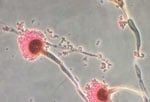 Caused by the fungus Aspergillus and usually occurs in people with lung diseases or weakened immune systems.
Caused by the fungus Aspergillus and usually occurs in people with lung diseases or weakened immune systems.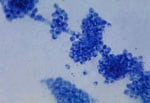 Caused by the yeast Candida. Candidiasis can occur in the mouth and throat, vagina, or the bloodstream.
Caused by the yeast Candida. Candidiasis can occur in the mouth and throat, vagina, or the bloodstream.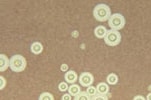
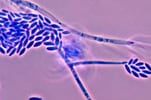 Different types of fungi can cause eye infections. These are rare but can develop after an eye injury.
Different types of fungi can cause eye infections. These are rare but can develop after an eye injury.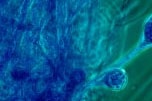
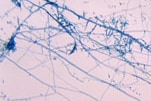 A common fungal skin infection that often looks like a circular rash.
A common fungal skin infection that often looks like a circular rash.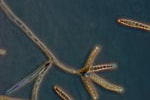






















.png)











No hay comentarios:
Publicar un comentario